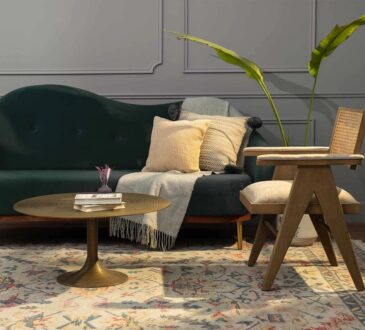

There are symmetrical oval pressure and screw shapes on the market, symmetrical teardrop shapes with pressure and screw, D shape pressure and screw, among others. The use of the Ray Ban nose pads comes useful in every way under the circumstances.
Anatomic Bridge
For frames where weight distribution is an important factor (especially with thick and heavy lenses), it is possible to consider replacing nose pads with an anatomic bridge.
When donning special attention should be paid to the length of the band, it must be short enough to fit the septum of the nose. If it is close to the septum, but not touching enough, the vertical angle can be changed. There are various anatomical bridges made of silicone with clasp and screw, also made of silicone combined with metal and rubber, among others.
The Material Can Be The Difference
Silicone: it is the most used material, very flexible and anti-allergic. It has a higher coefficient of friction, which is the contact force that opposes movement between two surfaces. The higher it is, the less friction and slippage, and the less discomfort it will cause. There are two types of rigid and soft. Rigid silicone is very useful for almost any environment, especially hot, on the other hand you will find the soft silicone that is more flexible and they are special for nose surfaces too curved to match the pad.
PVC: a plastic material not as hard as acetate and not as soft and flexible as silicone. There are two types: rigid and soft. Soft PVC is flexible and conforms to the nose similar to silicone nose pads. Rigid PVC is firm but not totally hard.
Acetate – a very firm, hard plastic material.
Polycarbonate: highly resistant to degradation due to facial chemicals and general wear and tear. They are usually found in very light frames of “ultra thin” nose pads.
Titanium: very durable, but can get dirty easily.
Other materials: rubber, ceramic (hypoallergenic) and bohemian glass, among others.
Weight Distribution The Nose
Pads provide balance and stability to the frames. When the user looks straight ahead, most of the weight of the mount is on the bridge. This weight is transferred to the nose through the pads on the metal frames and on the plastic models through the bridge and nose pads which means that almost all of the frame’s weight is in a small surface area.
This is not a trivial topic if the adaptation of the nose pads is not correct. Too much weight is distributed over a very small area making the frame less comfortable or if the frame presses on one edge of the pad it can dig into the skin of the nose.






